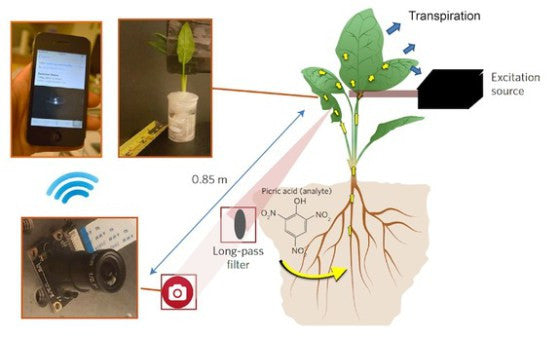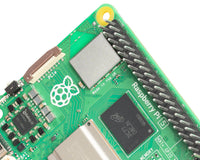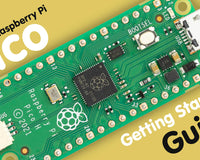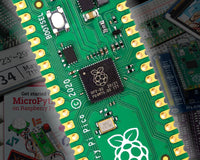
Spinach, a radio mast and a graphical experiment with the SenseHAT on today's Raspberry Pi Roundup
This never happened to Popeye!

A team from MIT has published a paper in which they describe a bomb detection experiment conducted with spinach plants. The plants, which are sensitive to the presence of “nitro-aromatics” (key components of several bomb-making substances), have carbon-nanotube-based nanoparticles embedded in their leaves that give off infra-red light. A Raspberry Pi with an IR camera is used to detect this light. You can read the full Nature Materials article here, a slightly less complicated explanation at livescience.com here and an even simpler explanation over at the BBC.
Printer Phone Mast

Julian Oliver, a native of New Zealand, has taken an HP Laserjet 1320 and squeezed a Raspberry Pi 3 and a BladeRF x40 software-defined radio inside. He’s then written the necessary software for it to identify nearby mobile phones and send them SMS messages and capture the IMEI numbers. The printer even still works! Read more about this slightly creepy, intrusive project over at The Register.
Plot with the SenseHAT

There’s an air pressure sensor on the SenseHAT which you can access via Python. A coder over at BlogMyWiki has used taken these readings and then used the matplotlib library to create a graph of the results. It’s a nice, clear example of the kind of thing you can do when you use software packages together to create something that is more than the sum of its parts. Take a look here.





